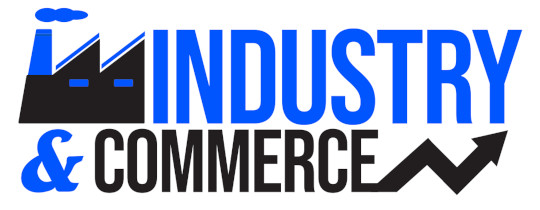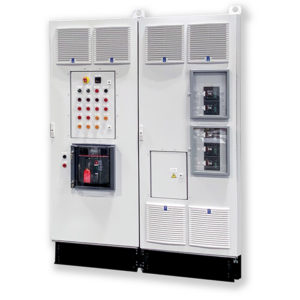Industrial organisations can push decarbonisation forward by shifting process heater systems from fossil fuel-burning to electric. This kind of electrification needs to be done with a systems approach in mind — by considering the entire thermal loop. Of all the components needed to switch to electric, control panels are one of the most important. For large-scale applications, control panels need to be designed to maximise reliability, accessibility and safety. In this article, Jeff McClanahan, Director EPC/end user segment of EE Tech at temperature controller manufacturer Watlow, explores why systems approach thinking is key in the manufacturing of components for electrification.
The question of electrification is less of an if or a when, and instead how. Globally, companies are prioritising the reduction of their carbon footprint. There is a huge push across different industries to “go electric” as part of a larger program of decarbonisation. But the details for doing so can be elusive. It’s not as easy as swapping out gas-fired heaters for electric heaters, for example, without also considering the size, location and connectivity of the control panel that will regulate those electric heaters. These considerations will, in turn, have a bearing on how and when the system needs to be maintained, how long downtime lasts and what the prospects are for future expansion.
The point of a systems approach is to take a step back, seeing how different design considerations an impact on the system and process might have as a whole, rather than focusing on the functioning or replacement of a single part. A systems approach also has an impact on the business aspects of an industrial process, as it encourages engineers to consider the total cost of ownership when comparing different options.
Meeting challenges at scale
Taking a systems approach to process heating was a foundational consideration behind the design of Watlow’s L and XL WATCONNECT control panels. Here, we take a deeper look at what went into that design as a way of illustrating the power of this kind of thinking.
A systems approach means finding not just one or two solutions to meet a challenge, but finding as many solutions as possible to optimize a given outcome. Take reliability, for example. What are all of the different ways a system can be optimized to ensure near 100 per cent uptime? One way this was done in the design of the WATCONNECT panels was by looking at the thermal design of the system. All systems generate some heat, and excess heat is the nemesis of electronics. Therefore, optimising the system to keep heat under control is critical.
Watlow’s design looked at adding to the insulation of the system, reducing power where possible, and improving the airflow throughout the system. Airflow itself was improved by using high-reliability EC inlet and outlet fans with advanced monitoring, which provide up to twice the airflow compared to industry standard fans. Therefore, by better controlling waste heat within the panel, Watlow can extend the life of the electronic components and significantly increase reliability.
Other design considerations include accessibility options. A smaller panel door in the unit provides access to 90 per cent of the system while still shielding the user from high-voltage components. This allows a person to troubleshoot the system while running, and without the safety concerns that come from opening the panel while “hot.” This also ensures longer uptime, as the panel does not necessarily need to be shut down for investigating smaller issues.
WATCONNECT panels are also designed with solid copper internal power interconnect for less expansion and contraction. This is especially important at high-resistance junctions, because the more this component heats up when made from an alternative to copper, the higher the risk of failure.
Lastly, while the panels are categorised as large, they use only 50 per cent of the space that competitive panels require. This can make it easier to install the panels when space is limited. Or, if replacing current equipment, the savings potentially frees up space for other critical equipment, allowing for future expansion.
Industrial organisations can push decarbonisation forward by shifting process heater systems from fossil fuel-burning to electric. But this is not a simple swap-out. A systems approach must be taken to consider how individual components will affect the entire system.
While control panel technology is nothing new, there are fresh new challenges that come with building control panels for large-scale applications. To be effective in solving electrification challenges, these control panels need to be designed to maximize reliability, accessibility, safety and provide a smaller footprint.
To learn more about Watlow’s electrification solutions, visit watlow.com


